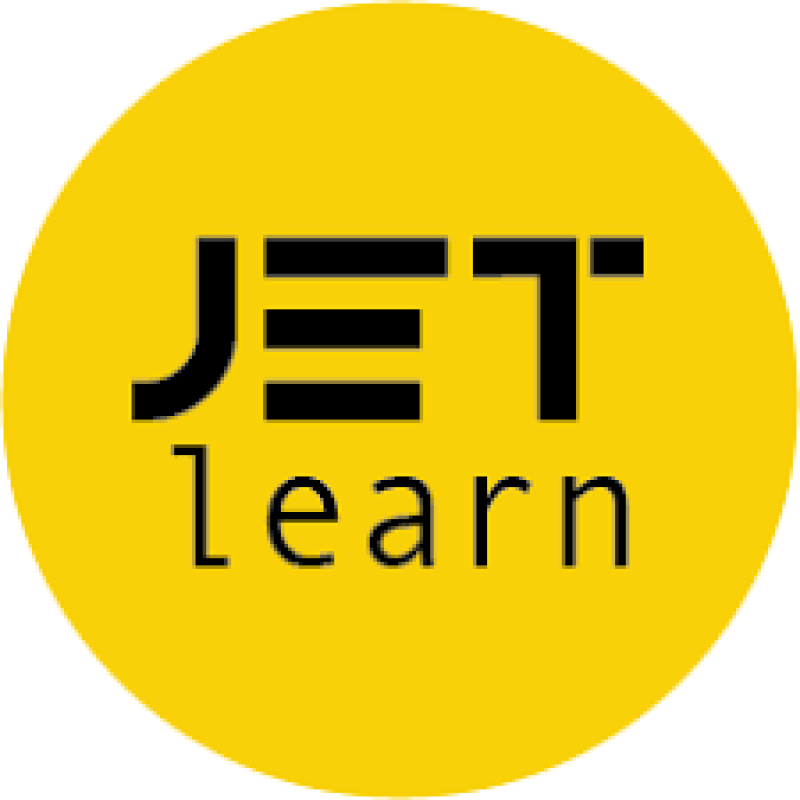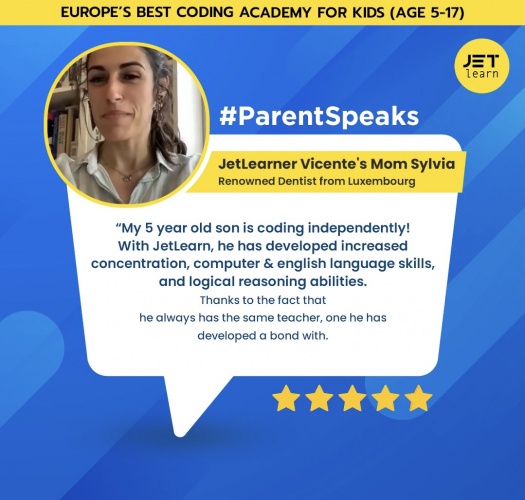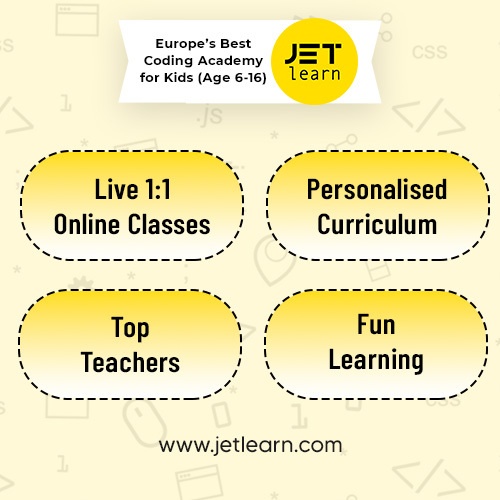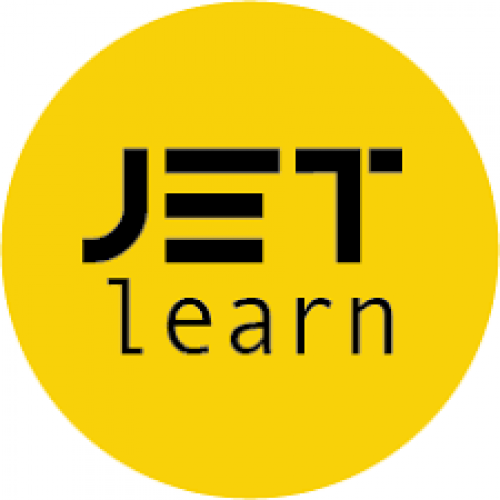Learn to analyse problems in computational terms
Understand and apply the fundamental principles and concepts of computer science, including abstraction, decomposition, logic, algorithms, and data representation.
Analyse problems in computational terms through practical experience of solving such problems, including designing, writing and debugging programs.
Think creatively, innovatively, analytically, logically and critically.
Understand the components that make up digital systems, and how they communicate with one another and with other systems.
Understand the impacts of digital technology to the individual and to wider society.
Apply mathematical skills relevant to computer science.
Standard algorithms, including binary search and merge sort.
How particular programs and algorithms work.
Following and writing algorithms to solve problems including sequence, selection and iteration, and input, processing and output
The concept of data type, including integer, Boolean, real, character and string, and data structures, including records and one- and two-dimensional arrays.
Representation of numbers in binary and hexadecimal; conversion between these and decimal; binary addition and shifts.
Representation of text, sound, and graphics inside computers.
Boolean logic using AND, OR and NOT, combinations of these, and the application of logical operators in appropriate truth tables to solve problems.
The purpose and functionality of systems software, including the operating system and utility software.
CPU architecture, including Von Neumann and the role of the components of the CPU in the fetch-execute cycle.
Main and contemporary secondary storage and ways of storing data on devices including magnetic, optical and solid state.
Data capacity and calculation of data capacity requirements.
Hardware components and embedded systems.
Networks and the importance of connectivity, both wired and wireless, types of network, common network topologies and network security.
The concept of networking protocols, including Ethernet, Wi-Fi, TCP/IP, HTTP, HTTPS, FTP and email protocols.
Cyber security: forms of attack (based on technical weaknesses and behaviour), methods of identifying vulnerabilities, and ways to protect software systems .(during design, creation, testing, and use).
The ethical, legal and environmental impacts of digital technology on wider society, including issues of privacy and cyber security.
Characteristics and purpose of different levels of programming language, including low-level language.
Take a systematic approach to problem solving including the use of decomposition and abstraction, and make use of conventions including pseudo code and flowcharts.
Design, write, test and refine programs, using one or more high-level programming language with a textual program definition, either to a specification or to solve a problem.
Use appropriate security techniques, including validation and authentication.
Evaluate the fitness for purpose of algorithms in meeting requi.rements efficiently using logical reasoning and test data
Use abstraction effectively to model selected aspects of the external world in a program and to appropriately structure programs into modular parts with clear, well documented interfaces.
Understand how changes in technology affect safety, including new ways to protect their online privacy and identity.
Develop their capability, creativity and knowledge in computer science, digital media and information technology.
Develop and apply their analytic, problem-solving, design, and computational thinking skills.
Understand how to identify and report a range of concerns.
Use two or more programming languages, at least one of which is textual, to solve a variety of computational problems.
Use logical reasoning to compare the utility of alternative algorithms for the same problem.
Undertake creative projects that involve selecting, using, and combining multiple applications, preferably across a range of devices.
Understand the hardware and software components that make up computer systems.
Understand simple Boolean logic and some of its uses in circuits and programming.
Understand several key algorithms that reflect computational thinking.
Understand how numbers can be represented in binary, and be able to carry out simple operations on binary numbers.
Understand how data of various types can be represented and manipulated digitally, in the form of binary digits.
Understand and apply the fundamental principles and concepts of computer science, including abstraction, logic, algorithms and data representation.
Understand a range of ways to use technology safely, respectfully, responsibly and securely, including protecting their online identity and privacy.
Recognise inappropriate content, contact and conduct and know how to report concerns.
Learn to evaluate and apply information technology, including new or unfamiliar technologies, analytically to solve problems.
Design, use and evaluate computational abstractions that model the state and behaviour of real-world problems and physical systems.
Design and develop modular programs that use procedures or functions.
Create, re-use, revise and re-purpose digital artefacts for a given audience, with attention to trustworthiness, design and usability.
Be responsible, competent, confident and creative users of information and communication technology.
Achieve challenging goals, including collecting and analysing data and meeting the needs of known users.
Make appropriate use of data structures.








User reviews for Jet-Learn
You need to log in to post a review.